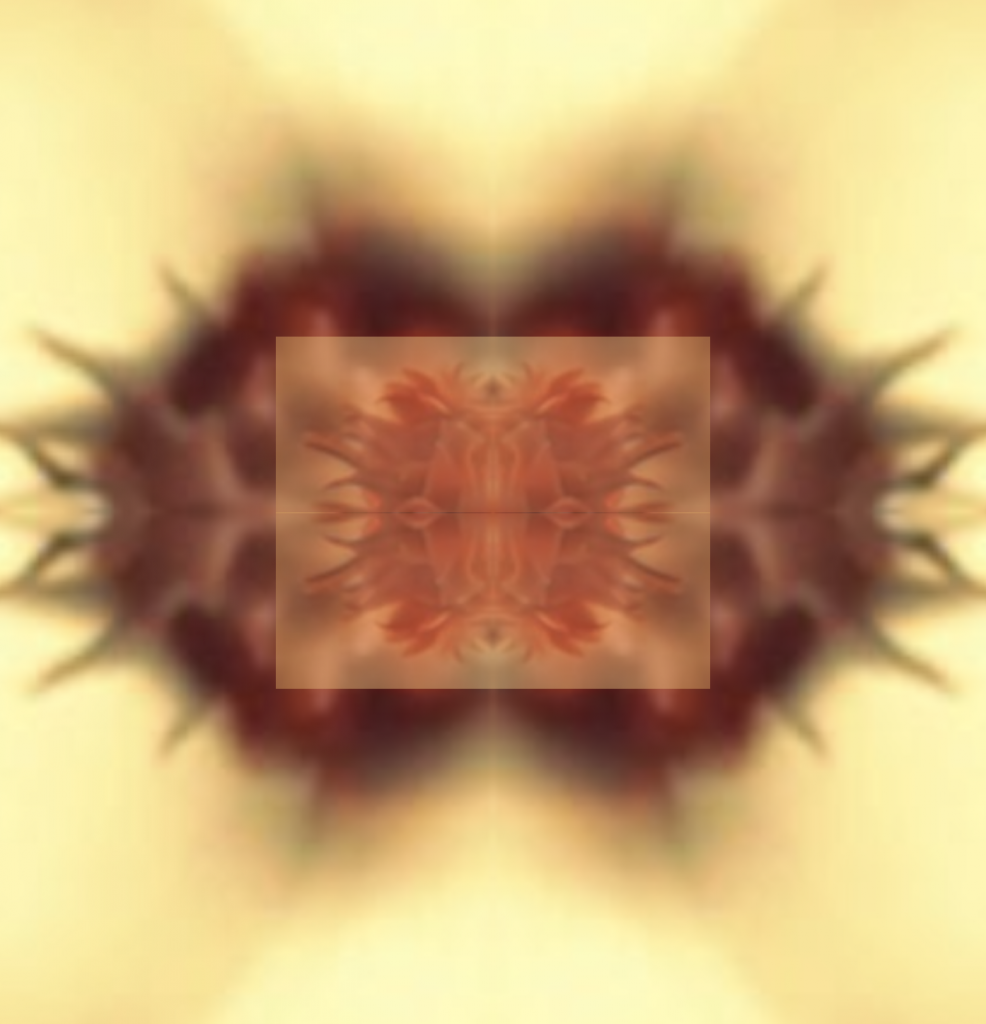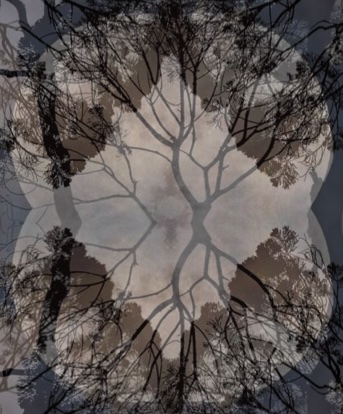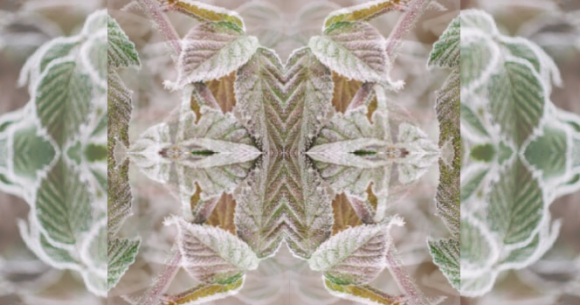According to Jung, the archetypes of the collective unconscious are psychological patterns we can observe, and that means, specifically, repeating patterns of psychological processes (not states). An archetype thus represents how we (human beings) typically live through and experience certain situations.

What kind of situations? Problem situations. Situations where we are lost and in trouble, where our personal resourcefulness is insufficient. It is the sort of situation where we are stuck and potentially even in danger, and where we need to adapt.
If a person doesn’t have the necessary resources to adapt — i.e. if they don’t have the necessary awareness or understanding of crucial circumstances, or not the necessary strength or courage to find solutions — then help must come from somewhere. Now people have been in similar situations for generations, which includes our personal ancestors; and they have survived and adapted (otherwise we wouldn’t be here). This means they must have been among those who found the (typical) workable solutions to those problem situations. In this way, these solutions were built, over time, into our psyche. So they’re there, as a kind of storage, to be called up when the need arises. Those solutions, in essence, are the archetypes.
Let’s look at a particular example: the archetype of the helpful spirit (“Geist”), which appears in dreams or fairy tales.
Der Archetypus des Geistes in Menschen-, Gnomen- oder Tiergestalt tritt jeweils in einer Situation auf, in welcher Einsicht, Verständnis, guter Rat, Entschluß, Plan usw. nötig wären, aber aus eigenen Mitteln nicht hervorgebracht werden können. Der Archetypus kompensiert diesen geistigen Mangelzustand durch Inhalte, welche die Lücke ausfüllen.
The archetype of the Spirit, in human, gnomic, or animal form, appears generally in situations where insight, understanding, good advice, decision, planning etc. would be required, but cannot be brought forward from one’s own stock. The archetype compensates this spiritual lack by supplying contents which fill the gap.
GW IX/I, §398.
It is worth noting that the archetype is not identical with the dream image (or the fairytale character). They are personifications, which means that they represent the archetype on the symbolic level. They are, of course, at the same time also produced by the archetype, which is a little mind-boggling.
The situation is similar here to that in a science fiction movie, where the space ship’s passengers encounter a helpful hologram of a humanoid, which introduces itself as the ship’s central computer. That hologram is merely a representation of the computer, which is programmed and stored into the memory banks of the ship. It is both an artifact produced by, and a personification image representing, the computer. The same goes for the archetype of the Wise Old Man, Helpful Gnome etc. They are produced by the archetype, and they personify it, at the same time. The archetype itself is the pattern of the whole process, as it is stored in the collective unconscious.
We can see from this that this is a fairly complicated sort of pattern (and storage), since it must comprise at least a representation of the problem situation which triggers the whole thing, the solution (adaptation strategy) for the problem, and a helpful self-representation that can be used to communicate the solution to the subject, who must be assumed to (as yet) lack the conscious resources to understand or generate that solution on their own. All this is programmed into the archetype.
And something else is, too: an affect program that produces the ‘numinous’ emotional tone of the whole experience, in order to indicate to the subject that the archetypal representation is authentic and real, and that the suggested path is trustworthy.




[…] two-sided archetype of meaning or Sinn, which may self-represent itself in dreams or myths as Wise Old Man, or as either helpful or mischievious gnome or animal, […]
[…] the Self. Somewhere before that last stage (but it is never quite clear exactly when and how) the Wise Old Man (spirit) appears, […]